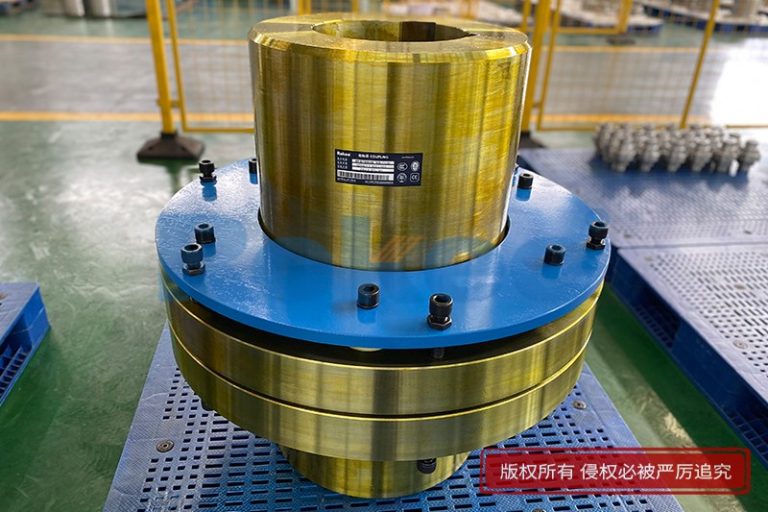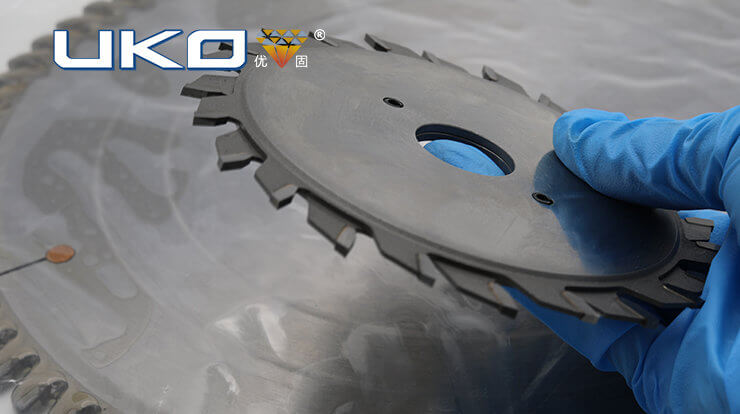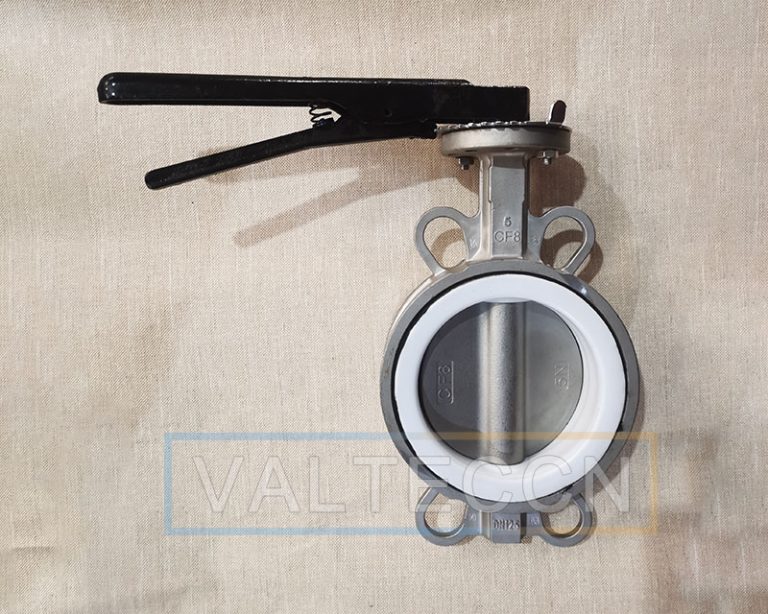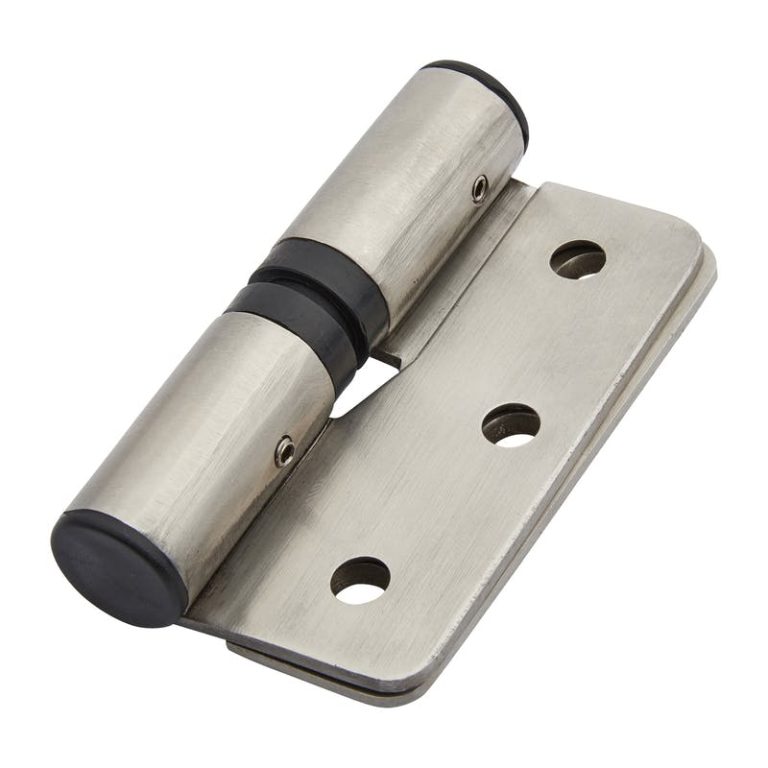What Causes Raised Grain on Sanded Wood?
For many woodworkers, raised grain is a common issue. After
sanding your wood down to a smooth, flat surface, a day later the flat surface
is no longer flat. There are actually a few reasons why this happens, all of
which can be prevented with some simple changes to your sanding routine.
Continue reading to learn what causes the grain to raise on wood that has just
been sanded, and how to fix the problem.
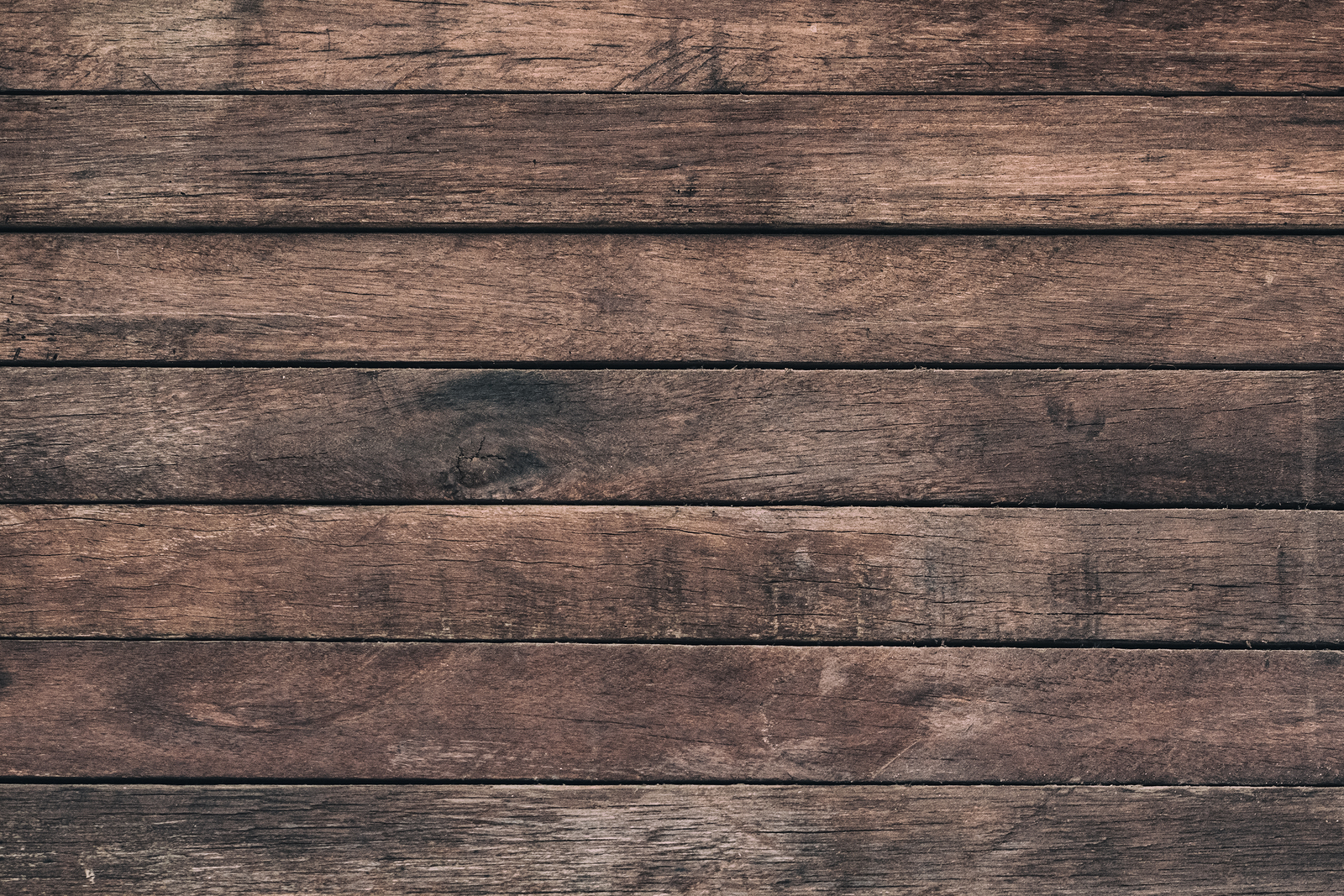
Wood Grain Surfaces Changes
Often times, you don’t notice that your wood has warped
until you apply a glossy finish. The reflectiveness emphasizes the dips and
bows on your work piece. So why does this happen? There are two primary reasons
why wood experiences surfaces changes after it has been sanded smooth.
#1: Uneven Moisture
Wood contains an uneven amount of moisture, and this
moisture stays within the wood even after sanding. Once it has been sanded, the
moisture levels change as a result of shrinking and swelling. And this
contributes to the surface alteration of the wood. These changes can range from
barely noticeable or minor, to major or very extreme. Warping, distortion,
bends, bows, dips, and more are common grain surface changes seen as a result
of and even moisture levels in wood.
Managing Wood Moisture
The remedy for post-sanding wood grain surface changes is
not so simple. The only way to prevent and uneven moisture from affecting your
woodworking piece is to ensure that the moisture within your wood is uniform
and even before manufacturing, and then apply the necessary methods to keep the
moisture controlled within your woodworking piece to prevent it from
experiencing significant surface changes.
#2: Compressed Wood Cells
The second cause is much more complex to understand. Essentially,
it has to do with the structure of wood and its growth seasons. You see, wood
retains tiny cells within its fibers. In the early springtime as these fibers
grow the cell walls are very thin, so they are weaker, making the wood softer.
As the season progresses, the cell walls thicken and become stronger, making
the wood harder. For instance, if you cut into a piece of Southern pine you
would see distinct rings in the wood that represent lighter-colored, softer, “earlywood”
and darker colored, harder “latewood.”
So how does this relate to sanding and service changes? The
answer is also complicated. Basically, whenever a knife, sawtooth, or abrasive
is applied to a piece of wood with uneven moisture, the force created can
compress the weaker “earlywood” cells. The blade or abrasive can’t decide if it
is more effective to cut through the fiber or simply push it down and out of
the way. And this is what causes cell compression.
Common contributors include sawing, veneering, planing, and
sanding (especially if the sandpaper is dull). Most of the soft cells will
experience something called “spring back”, meaning they return closely back to
their original size. But that some cells will remain permanently compressed, so
the combination creates the uneven surfaces in wood.
Buy Sandpaper Online
If you are looking for quality abrasives that can be
delivered right to your door, Sandpaper America has the affordable solutions
for you! Call 1-800-860-7263 (SAND) to learn about our vast inventory of
abrasives in sandpaper products we sell and manufacture in-house. Choose from a
wide selection of sanding sheets, wolf heads, sanding discs, cloth rolls,
sanding belts, and much more. We offer easy online ordering, bulk orders,
custom orders, and over-the-phone orders. Call 1-800-860-SAND (7263) to order
premium sanding products and abrasives, today.
